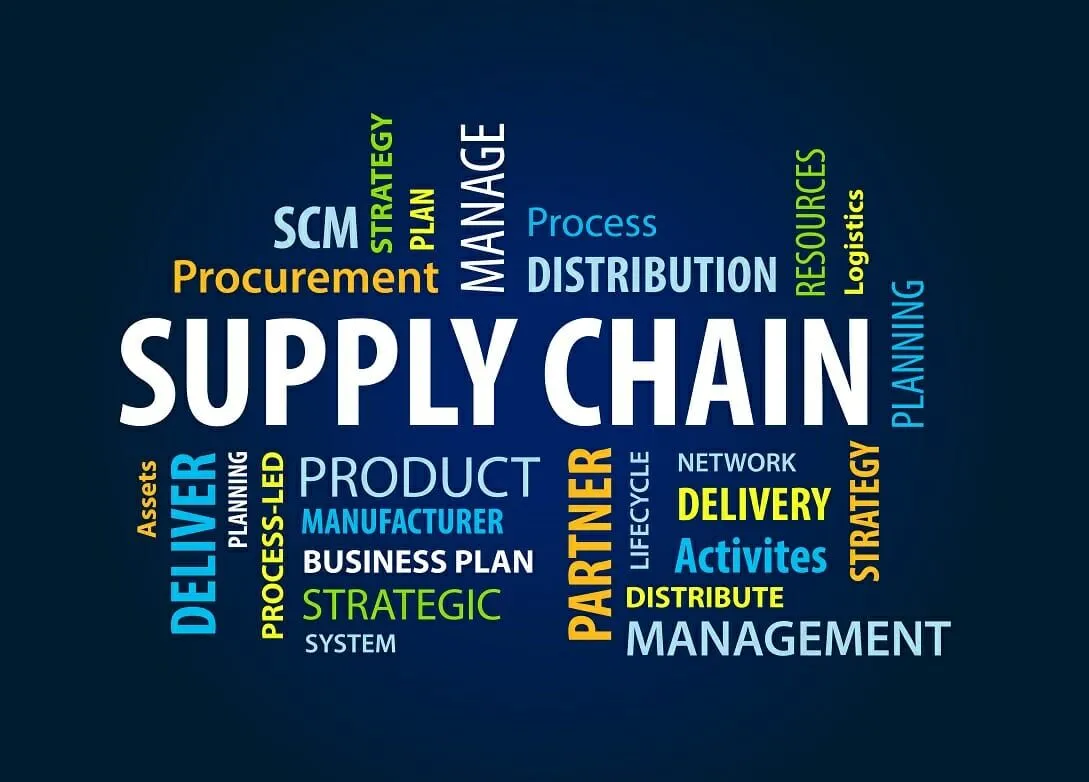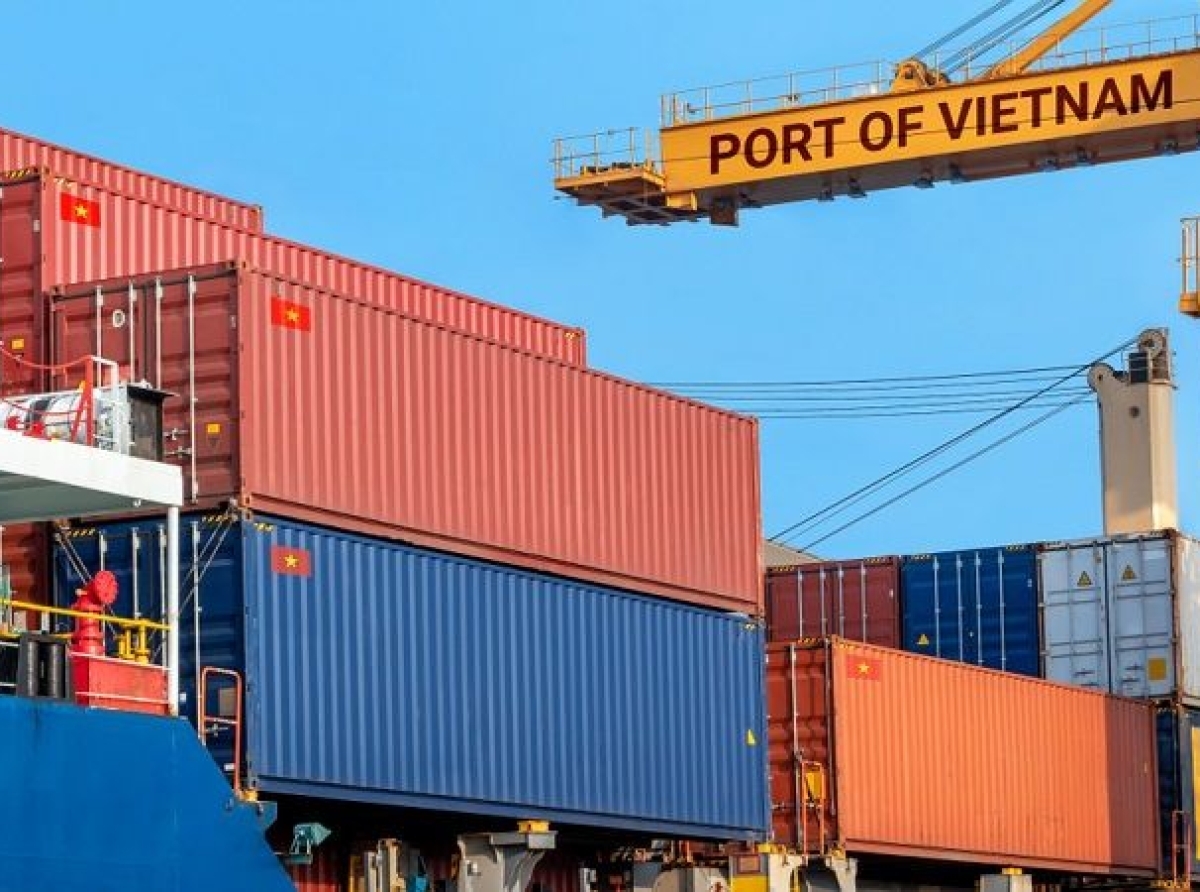24 May 2022, Mumbai:
According to govt sources, approx 2.5 million workers are engaged in this sector, authorities' support & assistance is paramount to factories in providing all critical support i.e. skill training, getting to receive cutting-edge manufacturing know-how advancing technology access to small businesses, and much more.
Most noteworthy is," The average skills of workers are par excellence giving the nation a competitive edge in the competitive landscape.
The United Nations Climate Change Conference was held in Glasgow, Scotland, in early November 2021.
Vietnam's Prime Minister, Pham Minh Chinh, reaffirmed his commitment to being a member of the global climate change solution.
COST-EFFECTIVENESS HELPS VIETNAM MAINTAIN COMPETITIVENESS
The government plans to boost the percentage of renewable energy in its total primary energy supply to at least 20% by 2030 and 30% by 2045, phase out coal-fired power generation, and achieve net-zero emissions by 2050.
Trade can play a crucial role in addressing the climate change that Vietnam textile sector is experiencing and will face in the coming years.
Several enterprises and manufacturers have increased their e-commerce exports to capitalize on the channel's recent growth.
Despite their quick adaptation to the new conditions, companies face hurdles such as a lack of understanding of export regulations, rigorous product quality standards in international markets, and other shipping, payment, and customer service issues.

How Real Is the Shift Of Apparel Orders From China To Vietnam
Vietnam's T&C outstanding foreign trade performance in the first quarter of this year has sparked speculation about whether the Southeast Asian country has been stealing overseas orders from China supply chains as a result of sporadic outbreaks of the novel coronavirus on the Chinese mainland, which have hampered economic activity.
For Vietnamese enterprises and manufacturers, all of these challenges have influenced the rate of cross-border e-commerce growth.
According to the Ministry of Industry and Trade, import and export activities will confront both opportunities and problems in the second half of 2021.
Given the unpredictability of the COVID-19 outbreak in Southeast Asia, whether the pandemic is brought under control will be a significant factor driving import and export growth.
These obstacles do not prevent Vietnamese companies from expanding their cross-border e-commerce operations.
Some of the challenges stacked on the labour resources are the increasing number of FDI in other competitive sectors getting increasingly attractive such as Electronics providing distinctively better working conditions and less tedious jobs.
How Vietnam In 2021 Became 2nd Biggest Apparel Supplier
Vietnam's e-commerce offers promising export opportunities. According to Amazon's newest report, the number of Vietnamese small and medium-sized firms (SMEs) selling on Amazon climbed by 15% from September 1, 2020, to August 31, 2021.
The ministry has organized trade promotion and supply and demand, connecting activities in Vietnam and other international markets.
One of the fastest-growing garment and textile markets in South East Asia, Vietnam is facing increasing competition from Asia and other markets.
In addition, in 2019, the Ministry of Information and Technology's IDEA signed a cooperative deal with Amazon Global Selling Vietnam.
In the fourth quarter of FY21, Vietnam was able to meet its target of $39 billion in textile and garment/apparel exports, a growth of 11.2 percent compared to 2020.
However, this does not indicate growth in market share, says Le Tien Troung, Chairman, Vietnam National Textile and Garment Group.
In 2021, the two want to enhance their relationship to help Vietnamese businesses fully exploit the possibilities of cross-border e-commerce.
Vietnam Is An Idea Whose Time Has Arrived
In the fourth quarter of FY21, Vietnam was able to meet its target of $39 billion in textile and garment/apparel exports, a growth of 11.2 percent compared to 2020. However, this does not indicate growth in market share, says Le Tien Troung, Chairman, Vietnam National Textile and Garment Group.
According to one of AEPC's reports," Vietnam factories seek a lead time of 90 days from the date of order to delivery and they do work on 45 days lead time in cases of Never out of Stock orders. The factories claimed that they are booked with orders for 6 to 8 months.
There are small medium and bigger factories, they classify a factory with 300 workers as MSME and the capital investment also has been taken into account for this classification.

























